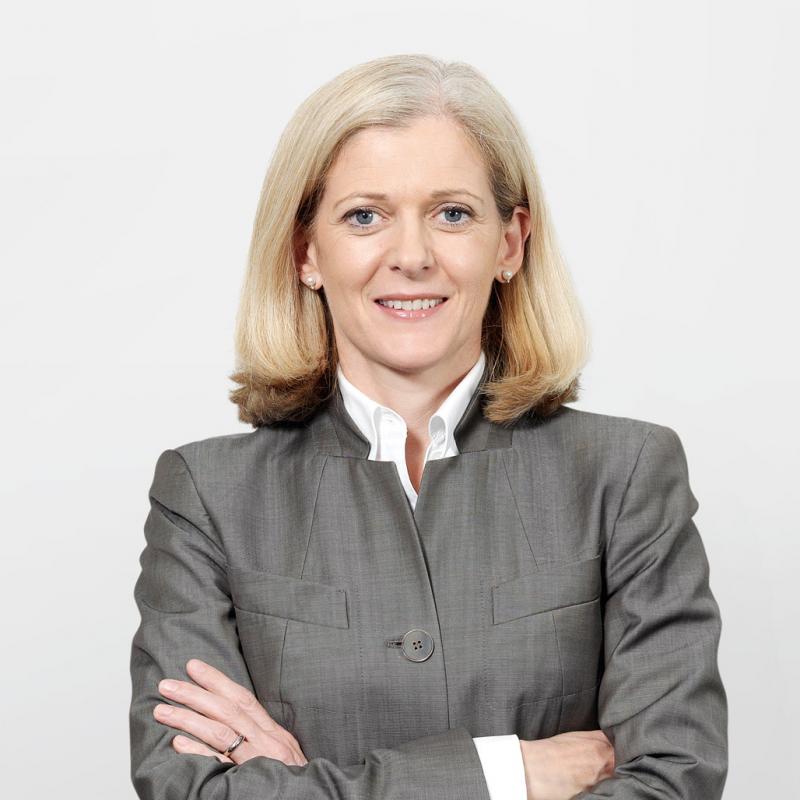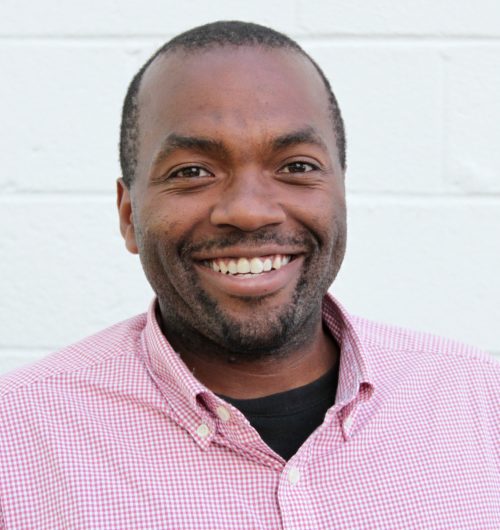|
Getting your Trinity Audio player ready...
|
Written by Piet van Niekerk and Pierre de Villiers. Covid has accelerated many industry trends resulting in some growing pains and golden opportunities.
The media is no stranger to disruption, but nothing could prepare it for the huge impact of Covid-19. While the pandemic has not changed where the industry was heading, it has cut the time to get there from years to months, with the virus rapidly accelerating trends like a move to digital and working from home. And even though such quick transformation has come as a shock to publishers, it presents plenty of opportunities to bounce back strongly in 2021.
“The big opportunity of Covid is that it has shown fundamental and fast change is possible,” says Lucy Kueng, a professor, Senior Research Fellow at the Reuters Institute at Oxford University and Non-Executive Board Member of the NZZ Media Group. “The crisis has accelerated structural shifts that have been underway for decades. Changes that were expected in, say 7-10 years, are happening now.

“We all know what kind of journey we are on and should be on but now there is unarguable pressure to move along that journey very, very fast. The changed imperatives in how we lead, manage, build cultures and the talent we want, that’s also been amplified. The Covid-19 shifts were huge – and it’s not clear how things will unwind.”
Developing a digital transformation strategy is the easy part. The hard element is implementing it.
Lucy Kueng, Reuters Institute at Oxford University
Getting serious about going digital
According to Kueng, the author of Hearts and Minds: Harnessing Leadership, Culture, and Talent to Really Go Digital, one of the biggest challenges in the industry has been creating a sense of urgency around the need to digitally transform. Now that “the platform really is burning”, companies have to seize the opportunity, starting from the top down.
“Developing a digital transformation strategy is the easy part. The hard element is implementing it, and the majority of organisations have got mired in their transformation journeys – which have been happening for over two decades,” she explains. “It takes not simply strong leadership, but insightful, inspiring and open leadership to achieve the degree of transformation that is needed.”
Kueng says, thus far, the media digital transformation story during Covid has been a case of good news, bad news. While subscriptions have boomed thanks to a large-scale flight to quality content, the average revenue per user on digital is a fraction of what it was in the old print days.
“We have a high point in audiences and a low point in revenue,” warns Kueng. “Once this recognition sank in, they needed to get revenue up really aggressively and events was a really promising way to do that. Now that promising leg of the table has been kicked out.”
Online commerce was already booming, not just in frequency but also in terms of new age brackets – 45-55 year olds – that started buying products.
Luca Vergani, Wavemaker
Know your readers
Given how tough times are, publishers have to make sure their subscription revenue bundles or membership models are absolutely essential to their audience.
“The bundle can’t just be something that is nice to have, but something they need,” says Kueng. “That’s why you have to triple down on data – not in the crude sense of chasing page views, but in the sense of infusing the organisation with a visceral sense of who audiences are, why you matter and how you can matter more.”
It’s a sentiment echoed by Luca Vergani, CEO of media agency Wavemaker in Italy.“Companies need to be quick, agile and fast-reacting because consumers are quick, agile and fast-reacting to the outside world,” he says. “You need to look at your consumer and, if they are forced to change, you can provide solutions that can help them live better lives. There has been an acceleration during Covid with people looking for new brands that addressed the virus in innovative and compassionate ways.
Another consumer trend that’s been accelerated by the pandemic is a move to ecommerce. “From a company perspective, you have to take into consideration that this period forced new consumers to get used to ecommerce,” says Vergani. “Online commerce was already booming, not just in frequency but also in terms of new age brackets – 45-55 year olds – that started buying products.

“Companies need remove the barrier to the conversion of ecommerce channels and develop a real omni-channel programme because consumers expect to go online when they can’t physically get the product.”
It’s time to clean house
With Covid-19 forcing publishers to assess what works in their companies and what doesn’t, now is the perfect time to prune and simplify operations, Kueng points out.
“This really is the time to do the clean-out work everyone knows needs to be done,” she says. “In the media we’re really in love with starting new things, but we’re very bad at stopping them. After two decades of rapid change, where layer after layer has been added to businesses and where we’ve been on an innovation binge, we need to realise that innovation per se does not automatically mean growth.
“We need to be smarter and more rigorous about how we look for growth – ring fence and invest in the areas that will create a strong future and let go of products and processes that were necessary once, but maybe not so now.
“When revising costs you have to reshape the organisation for the future, not the past. You have to keep an eye on the digital-to-legacy ratio and keep making sure that resources are being shifted from traditional areas into new areas.”
Remote working has shown us our colleagues as whole people. That has to add a degree of sensitivity to how we move forward.
Nsikan Akpan, National Geographic
Put an arm around your workforce
Perhaps the most dramatic change brought about by Covid-19 is the way it has emptied offices around the world, forcing people to work from home. After months of lockdown restrictions, Zoom calls and juggling their job and parenting, many in the industry have little left in the tank – something team leaders need to be aware of.
“You have to make sure that your staff has time to unplug,” says Nsikan Akpan, the Science Editor at National Geographic. “I think remote work has led to the erosion of the boundaries between home and work. There have been some reports and studies showing that people are working more, longer hours.

“The burnout from that situation in combination with the burnout in dealing with this pandemic is something that is really going to wear on people. It’s important to keep the mental health of everyone in your organisation in mind.”
Kueng agrees the pandemic has reinforced the need for empathy on the part of leaders.
“The recipe now is EQ as well as IQ,” she says. “Remote working has shown us our colleagues as whole people. That has to add a degree of sensitivity to how we move forward.”
Getting back to work
It remains to be seen just how many staff members will eventually file back into offices once the pandemic is driven into full retreat. Whatever the percentage, they can expect a drastically different work environment for the foreseeable future.
“We have to be creative when opening up again, even after a vaccine,” says Akpan. “Maybe you have to invest in improving ventilation, giving everyone a mask, or invest in these rapid tests so when they walk in the door they are Covid negative.
“Maybe a workspace now is that we go to an office, but we don’t meet in person and continue to meet over Zoom. In that way people can have the office environment where their productivity goes up away from home and they are still safe. They are at work because they are not packing into a conference room and spreading the disease to one another.”
If, as expected, media companies adopt a hybrid approach to working, those who don’t come into the office could see their quality of life improve.
“Say you have employees who have asthma and they’ve lived in an urban area because that’s where their job was – working from home is a way to improve their quality of life,” adds Akpan. “And maybe that will lead to a bump in productivity and finding the right combination of elements to help your company succeed in this new Covid-defined world.”
By listening to younger voices – that is where growth comes from. They will be running organisations in the future.
Lucy Kueng, Reuters Institute at Oxford University
Prepare for the youthquake
As consumer needs have changed because of Covid-19 so have the make-up of workforces in the publishing industry with Gen Y and Z disproportionately distributed in the newer strategically critical areas of product, data, audience, and ‘advanced’ digital journalism.
According to Kueng the younger generation represents the capabilities and characteristics essential to digital transition: lifelong digital connectivity, a preference for collaboration, a growth mindset, and deep commitment.
Publishers need to recognise that Gen Y and Z hold the key to finding a sustainable future for news media but “need to be allowed to turn it”.
“It’s about listening more to voices in the newer areas of the organisation, younger voices, and building on those passions and making sure their contributions can flow up,” adds Kueng. “By listening to younger voices – that is where growth comes from. They will be running organisations in the future.
“You have to recognise that a strong future depends on pulling on all talents. And goodness knows, the media industry has some amazingly talented and committed people.”
We need to recognise that a lot of exclusionary behaviour happens in micro-interactions – you have to build awareness and openness to change at a really granular level.
Shona Pinnock, Louis Vuitton
Strength in diversity
One of the most important transformations within in the industry accelerated by Covid-19 is the drive to make newsrooms more diverse, equal and representative.
The death of George Floyd and the Black Lives Matter protests – coupled with the multiple inequalities flagged up during the Covid-19 era – has, says Kueng, “splintered complacency and brought a new urgency around improving representation of race and ethnicity to the fore”.
“Commitment is genuine for the most part, but understanding an issue and resolving it are different things,” she adds. “Real progress on this needs to be pushed loudly and consistently from the top, and there needs to be a coordinated programme of measures, working from top to the bottom of the organisation, and a long-term perspective.
“Plus, in addition to making structural shifts, we need to recognise that a lot of exclusionary behaviour happens in micro-interactions – you have to build awareness and openness to change at a really granular level. That’s a culture change issue and we all know how hard and how long that takes.”
Something that’s speeding up the process is the increased importance of diversity and inclusion directors like Shona Pinnock, former VP, Diversity and Inclusion at Meredith Corporation (now VP, Diversity and Inclusion at Louis Vuitton).

At the recent FIPP World Media Congress, Pinnock revealed how initiatives she had been planning had been accelerated this year.
“I think the work we all have to do – and I include people of colour in this – is provide a little space and grace for people to begin that process of educating themselves and then figuring out how we need to do the work to make change, and what the responsibilities are for everyone in that,” she said.
“In terms of recruitment let’s focus on the competencies for the role, not my comfort with the person. Make space for people you might not have as easy a language around. And that difference can be anything – ethnic, racial or how you approach work. There will be a time when it will become second nature so it’s about how we create that muscle memory.”


